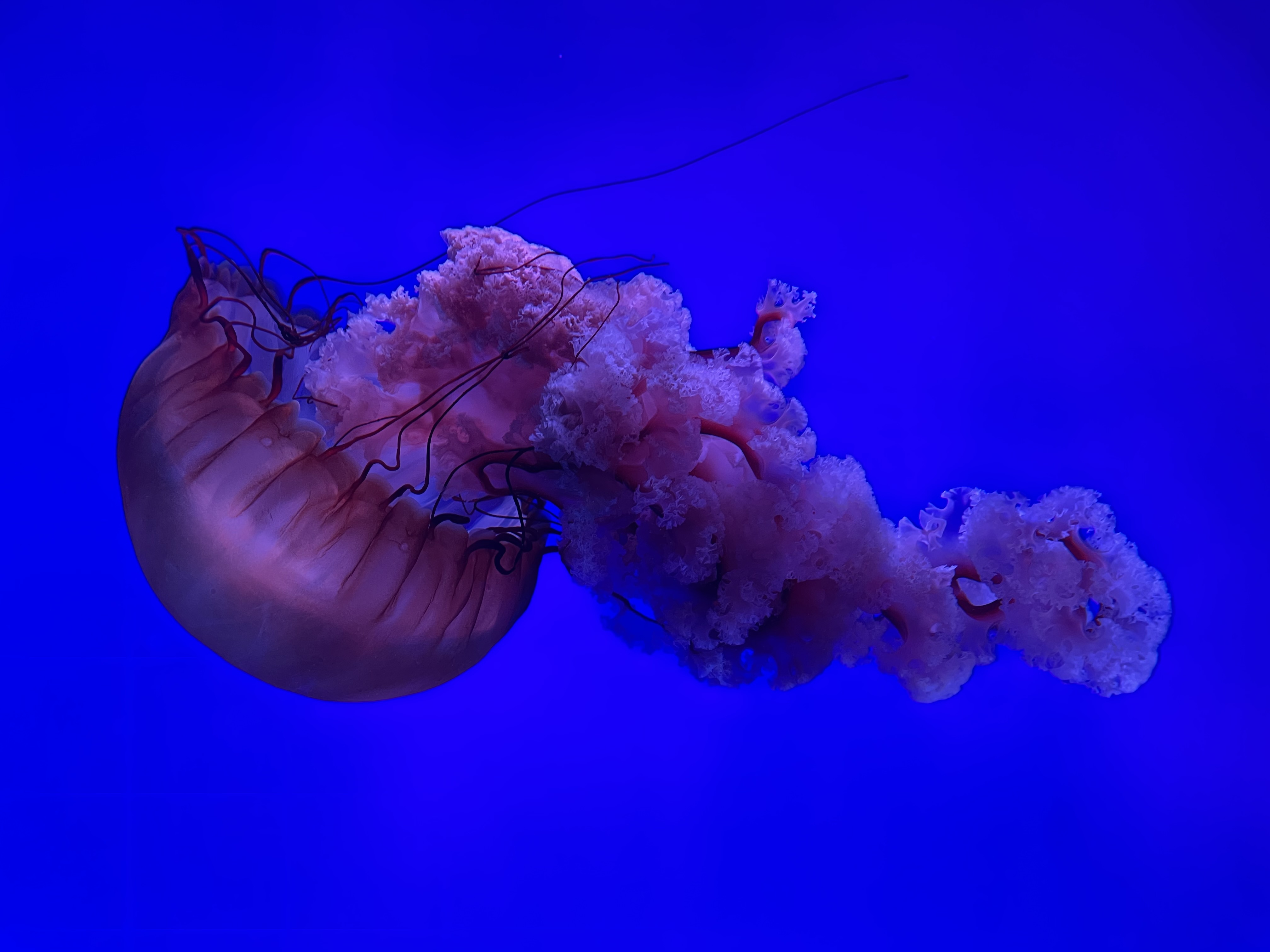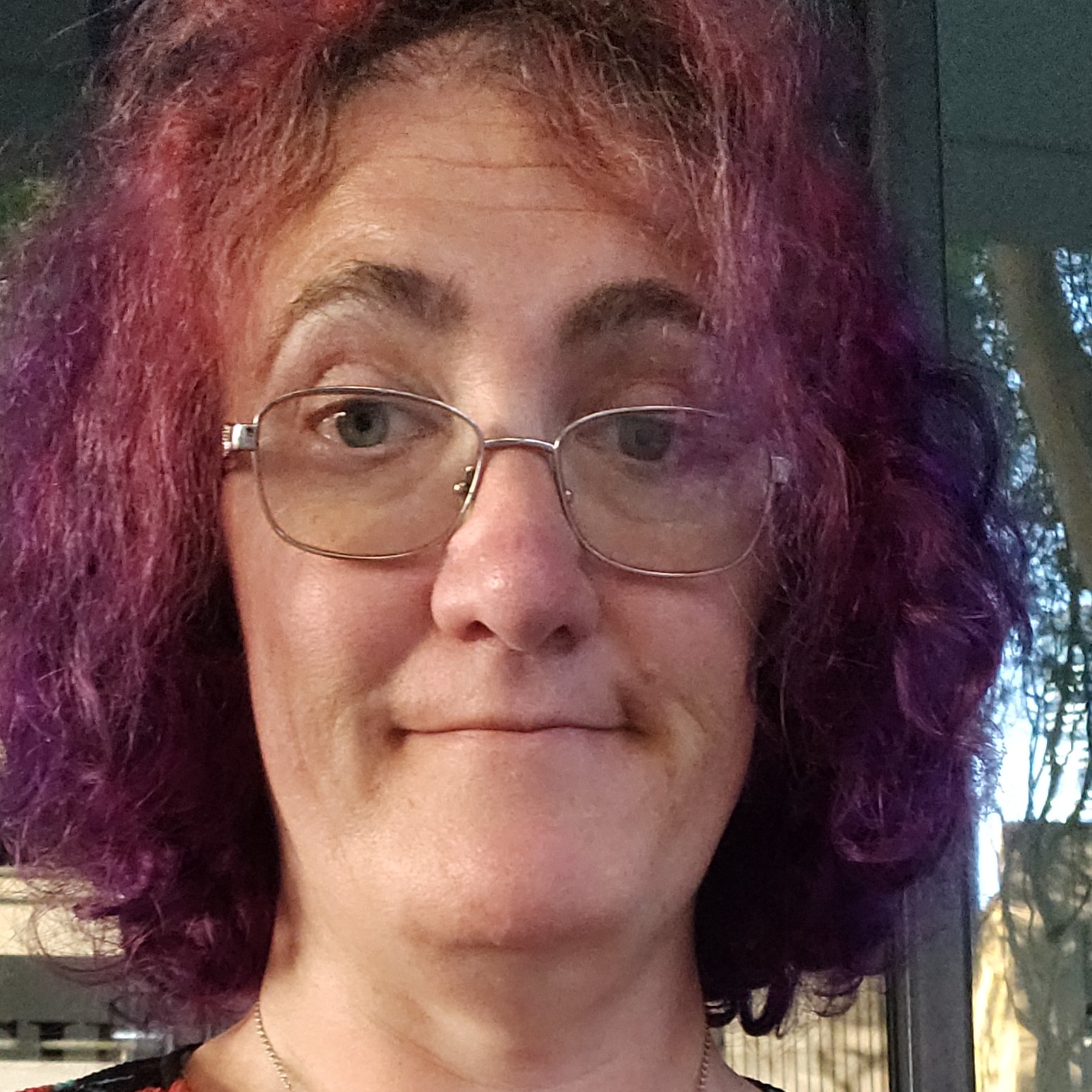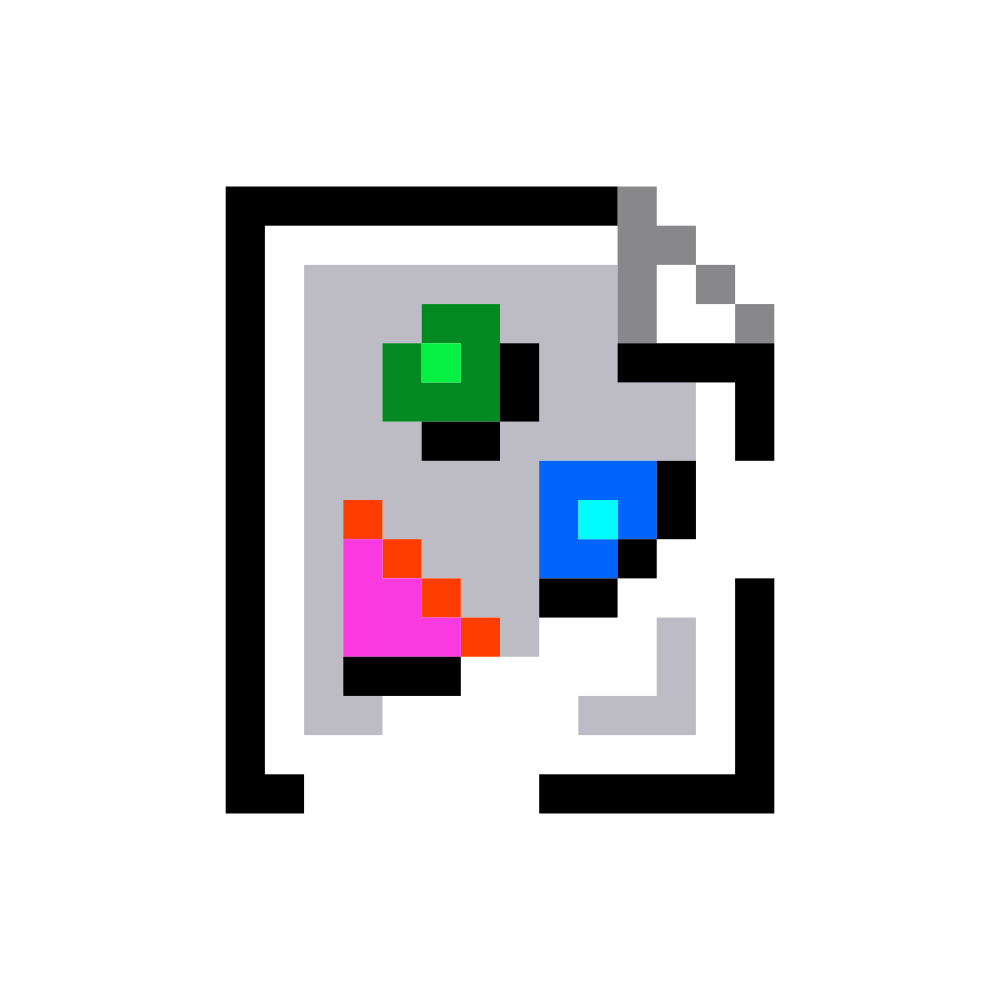As always, please ensure you stop your Jellyfin server and take a full backup before upgrading!
As always, please ensure you stop your Jellyfin server and take a full backup before upgrading!
Now, if only there was a simple, built-in way to backup/export and restore/import all settings and other data, so that all platforms could do this easily, without having to search the internet for which folders to back up…
FYI, this is the best we have atm (which is pretty terrible). Please correct me if there is a better way:
I run JF in a docker container, and although I don’t have backups of my config files yet (because I don’t really care about setting up from scratch if need be), it would be trivial to simply backup the mounted config volumes. Makes upgrading safe and easy, too.
That’s probably how I would recommend going about this, personally.
Yes, it works that easy. I had to move hard drives, last time I did that without docker somehow it didn’t recognize the library, might have been a mistake from my end though.
Now I did it again just a few weeks ago with a docker setup, all folders are on the hard drive. Could just mirror the drive, set it up at same mount point and there was no difference in the library, just worked.
Oh, if only there was real database support like Mariadb or Postgres…
datab
Theoretically, support for that could be coming… Emby (where Jellyfin is based on) always used their own layer for interacting with a SQLite database. All that custom made logic is currently being swapped out for EF Core. EF Core is a DotNet library for interacting with databases and EFCore that also supports MySQL, PostgreSQL, SQL Server besides SQLite.
So my guess is that, once all that work is completed, support of other database can be added.
For a little bit of context. I am currently running Jellyfin on Btrfs and there is quite a performance impact due to CoW. If 2 clients decide to browse the libraries, both clients grind to a near standstill with regards to being able to see things. So I am following this work with quite some interest.
I am currently running Jellyfin on Btrfs and there is quite a performance impact due to CoW. If 2 clients decide to browse the libraries, both clients grind to a near standstill with regards to being able to see things.
CoW is not recommended for databases, all DB servers advise for turning it off for the actual database. You’ll run into the same issue with a dedicated database if you leave CoW on I guess. You could also disable CoW for jellyfin’s database right now and performance should increase.
I also follow the progress of a dedicated DB, but on the other hand I don’t know how much sense it makes architecturally. The likeliness that you have multiple jellyfin server instances access the same database is low - after all, there is info very specific to the server in there like the file path. Just migration is already not easy, how likely is sharing the database live? And if each database is specific to an instance - why not use SQLite (like it’s done right now) and allow for more specific parameter tuning, like used memory and the like?
That’s my absolute #1 wish for jf. I’m sure it’s hard work and people are on it, it excites me to think about
I’m surprised at the lack of enhancement request/PR addressing this.I really want to dust off my C# and try but I’m kinda scared that the reason it isn’t yet a thing is because it’s a mess to implement.
This has been discussed before and you might be right.
Python Backup Script (Good luck if you’re not a developer)
… and so forth. No good answers so far.
Based on some comments in recent PRs for requested features that seem to have gone nowhere, the devs are trying not to overly complicate the project at the moment with other people’s code that they’d have to support, and instead leaving certain requests to be handled in some grand refactoring they’re working on.
If you run it on a container, it should be enough to just make a copy of the set up volumes, right? (with permissions and all the metadata kept of course)
I believe they’re suggesting just doing a full backup up of your system/Docker container. Which isn’t ideal, but I think they’re trusting people who can run a Jellyfin server to be able to use the scripts.
Sure. But what if Docker is not available on a machine? What if the import should happen on a Linux machine coming from Windows? What if I want to sync two installations on different OSs?
I know it’s all doable, but not easy, let alone foolproof. It’s so easy to install, but genuinely not easy to keep safe without tech knowledge.
Syncing two instances sounds like a fun challenge. I think there’s some project to replicate an sqlite db over the network. Similarly, you could use ceph or other distributed storage for the media.
I built something like this for Nextcloud a few years back, fun times.
I have my media on a disk separate from the rest of the VM. I set that disk to not be included in snapshots, then snapshot the VM before upgrades.
I run mine in an LXC container. I just snapshotted it in case of disaster and then ran apt update && apt upgrade.
Thanks devs!
I yolo’d it without a backup (docker). Working great. Like the improvements.
😎
LOL, same. I did a
docker-compose pulland restarted, came here to look at the release notes, and almost started panicking whether I omitted some important upgrade steps. Turns out everything upgraded smoothly automatically though.My ass with it on watchtower update lmao
Yolod my docker image to lol.
I got the surprise treatment.
Saw the announcement on the telegram channel (I use the app exclusively for notifications by my services) and noticed that my watchtower container already upgraded it :p
This is huge!

This reminds me…I probably should do a full backup of my server sometime soon.
Surely it can wait, right? How likely could it possibly be that it breaks when you least expect it?
Cool. There’s a db fail bug elsewhere that I didn’t run into thankfully.
I had to switch from ConfusedPolarBear(archived on GitHub now) to this fork for intro skipping. Works great.
I’m still scanning for the new trickplay function but I’ve been hoping for something like that. It was disabled in the settings by default, plus you have to enable it on a per-library basis, and of course you can either wait for the schedule to start the scan, or start it yourself in scheduled tasks.
I thought intro-skipping had been included in Jellyfin now but this doesn’t seem to be the case (can’t find it in release notes) … Thanks for the tip for the 10.9 plugin 😸
God damn, Jellyfin still hasn’t figured out intro skipping?
If I remember correctly, there was an issue that was/is being worked on, but it wouldn’t get resolved until after the 10.9 feature cutoff date.
We didn’t want to delay the 10.9 release to wait on it knowing 10.10 will be a fast follow.
Hoping that it gets included soon as the folks developing the Android TV client have said they don’t want to support intro skipping until it’s part of Jellyfin core. Until then the only option is auto skipping and I don’t really want to do that.
I guess not. To be fair, if I wanted intro skipping to be baked in to whatever I’m using, I’d pay $5 or $6/month for Plex or Emby. I paid for Plex Pass for years, but I’m switching away because I think Plex is getting too “commercial” if that makes sense.
Jellyfin is great so far, and if I have to spend 5 minutes installing an add-on to get intro skipping, that’s fine with me.
Dual subtitles!!! That’s a game changer for me
What’s the benefit of this? Is it two subtitles playing at the same time?
Yep. It’s really useful for learning a new language
Now we only need it in the AndroidTV app. Then I’d be 100% happy (basically 95% with the app atm) :)
day 2 of building my trickplay images… 10.8% done lol
🤘 33.6% here
When I first set up my jf docker image I left the config and data directories in the docker container instead of pointing them outside. Now when I try to update I lose all my metadata. Is there a way to move those folders before I upgrade? Edit-typos
This worked. Thanks!
You’re just running in docker, so you’d want to make sure you map a local folder into your container (at a different location than they are already!), then get into the container and copy your files to the host’s mapped folder. Once that’s complete, update your docker to point your local folder to the proper config location and it should keep everything local after you upgrade.
Edit: In my compose, I have this line
/jellyfin/jellyfin-data:/configso you could map it to :/backup on your first boot, copy /config to /backup, then update your compose to map it to /config and you’re good to go!
Thanks. This explanation plus the docker cp link helped get this done.
Glad to hear it. I’ll be honest, I wasn’t aware of that command, I’ve just always done it the hard way and logged into the console of the container. I have this line in my .bashrc on all my docker hosts:
alias docker-console='docker exec -it "${PWD##*/}" bash'
I feel like there is a way to copy stuff from docker-volumes to disk and then point docker to the folders on the disk as external volumes, I think I’ve done that at some point years back, but not sure how to do it exactly.
Woohoo! I think the fix for iOS audiobooks that I helped (well asked enough questions that someone else then fixed quickly) bring into the world! https://blog.rayberger.org/fixing-jellyfin-ios-audiobook-streaming
Hell yeah!
Run my client mainly on LGTV and iOS iPad.
Do I need to update my LGTV and Jellyfin version? Or is this only server side?
Only Server side and Web Client you get loaded up when you browse from PC
Seems like this is a feature on newest Jellyfin Media Player (1.10.0) and not server itself, but you now have clickable tag and studio properties. Not sure if you could already search for let’s say “New Line Cinema”, but now you can intuitively filter by these values just by clicking. Great addition.
Not 100% sure but I think it’s a server feature, I feel like I’ve read about it in the release notes.
This functionality appears only in Media Player and not web browser, that’s my reasoning why this does not seem like server side feature. That said Media Player I believe is using same web interface underneath so not exactly sure how it works and why this is not a feature in web browser.
A heads up for anyone else having an issue with the android app and the new version with the https server. There is a segment of the nginx config file you will need to remove that was a workaround for version 10.8 that is no longer needed and should be removed. Can’t remember which section right now.
Will try to edit this tomorrow.Any idea how the flatpak’s are generated? When they might be updated?
Looks like it’s a manual process.
It also looks like no Jellyfin developer is creating the builds on Flathub and that some random member of the flathub community did it.Whilst the devs provide instructions for all manner of install methods, the preferred version is definitely via docker.
If I were you I would move to podman. They are very similar but the big difference is that podman uses docker containers. Podman also runs as a local user just like flatpak
deleted by creator















